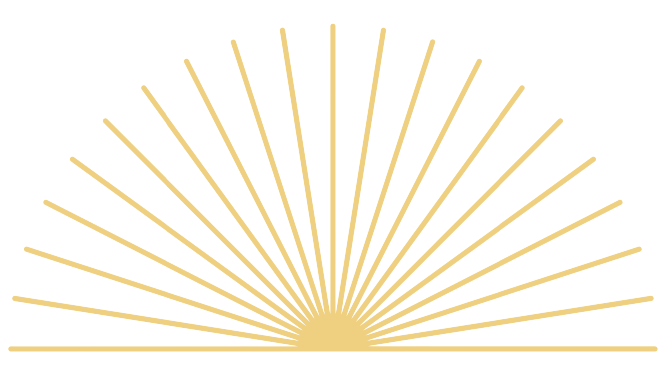Blended Learning:
Humanities Unit
Overview
The A War to End All Wars instructional unit was created as an interdisciplinary program for students who needed Humanities (Social Studies and ELA) credits to move into the next grade level and graduate. The ELA focus was on integrating and evaluating multiple sources of information presented in diverse media.
Responsibilities: Instructional Design, Instructor
Target Audience: High School students
Tools Used: Teacher-Designed Student Notebooks, Miro, iMovie Video Editor, Canva, Google Classroom
Problem and Solution
Students at a local charter high school did not receive passing marks to move on to the next grade level or graduate. During the learner analysis phase of the project, it was identified that student motivation was low. Their sense of self-achievement had also been negatively impacted by the requirement to take summer school credits.
I determined a holistic learning solution that engaged students early on and empowered them through the use of choice boards, personal progress tracking, and individualized feedback.
The Process
Analysis
To learn more about why students had not met performance standards during the school year, I pulled both qualitative and quantitative data from the school. I interviewed their teachers, reviewed their grades from the school year, incorporated data from previous years, and sent out a student survey. Using my findings to drive my design, I was able to tailor the learning experience to the students who would be present in the class while still leaving space for future customization as needed.
Design
An iterative ADDIE process was used to analyze student data, design a course to close the current performance gap, develop and implement materials for the class, and evaluate the effectiveness of the unit of instruction. While designing this course, I worked with multiple teacher SMEs to ensure that all school-wide standards for advancement were being met in this unit. My primary SME was the lead humanities instructor.
We had the program reviewed by inside stakeholders and outside educational professionals before implementing it during three points in the process:
Guiding Course Standards
Course Content Outline
Instructional Materials and Tasks
Learning Goals, Outcomes, and Targets: Using state standards as a guide, I designed and developed this course by first identifying the instructional goal that students will be able to explain the origins of the first world war by analyzing the art, literature, music, and political movements of the time. From there, I created the pre- and post-assessments used to measure the effectiveness of the program. With the SME, we identified the aligned learning outcomes and supporting tasks for the program.
DEI Considerations: I decided to create student notebooks in congruence with their Google Classroom assignments to be in compliance with required IEP accommodations. As an employee in the Inclusion Department, I also ensured students' needs were being met in the learning design by incorporating scaffolding and creating specialized graphic organizers to be used in UDL.
Development & Implementation
I wanted to engage learners early on so they could feel included in the process and that the experience was authentic and obtainable. The focus of the first few days was for students to make observations with a "See-Think-Wonder" activity of WWI images. This was introduced to engage students with the critical thinking skills they would need to apply throughout the unit and build confidence. Students first filled out the table individually and then discussed it within their table groups and then as a whole class.
This activity was designed not only to "hook" students into the topic but also to allow them the autonomy to learn through doing. It set the tone that they were not just information absorbers but also creators of knowledge in the classroom.
Learner Choice & Engagement: Studies have shown that providing students with choices and giving them the ability to present their knowledge in creative ways specific to their learning preferences increases student engagement. So, I designed multiple "mini-projects" where students were allowed to choose what country or individual's point-of-view they would be discussing events from.
This included "letters from the trenches,” social media campaigns, and a student-created multi-media video. Guidelines for appropriate language and images were agreed upon as a class to further involve students in their learning journey.
Opportunities to Collaborate: Another important element of the instructional unit’s success was providing a classroom environment that supported collaboration. The students were coming from different grade levels and backgrounds so it was important to set the norms for collaboration as a class early on.
From there, students were empowered through the opportunity to work with their peers. Think-Pair-Shares were incorporated to foster deeper learning and discussions as well as collaboration during the creative mini-projects.
Evaluation
The humanities course was approved for meeting the credits needed for one semester and was taught over the summer. During an exit survey, students reported that working with their peers and having choice increased their desire to participate in the activities.
The result of this holistic approach was that the class average went from 35% on the pre-assessment to 95% on the post-assessment. In addition, the transparency with students on how pre-assessments work seemed to help students feel comfortable and willing to take risks while learning. All learners who were enrolled in the course met the requirements for credit and moved forward into the next grade level.
Reflection
This program is one of the many I have created for humanities courses in both middle and high school settings. It reinforced the importance of using learning theories and educational studies to design an engaging, learner-centered curriculum.
On a personal level, allowing the students to be creative problem-solvers helped me grow as a teacher. It gave me information on their learning and communication styles which served as an additional tool for me to build meaningful relationships with the individuals and tailor my feedback to their personalities, goals, and obstacles.


